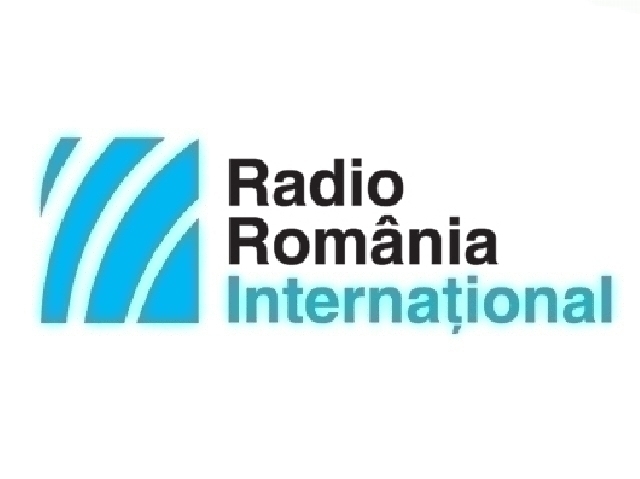Foreign physicians at the court of Constantin Brancoveanu
This year, we celebrate the 300th anniversary of the death of ruler Constantin Brancoveanu.

Christine Leșcu, 22.11.2014, 14:10
Bracoveanu, who was beheaded by the Ottoman Porte in 1714 together with his three sons, has been canonised by the Romanian Orthodox Church. This anniversary is an opportunity to review the merits of Brancoveanu, who holds a very special place in Romanian history. He came to power in 1688 and ruled for 25 years, a period characterised by peace and relative economic progress. Culture and education also flourished. At his court, the ruler surrounded himself with foreign scholars, some of whom were well-known physicians from the western part of Europe. Octavian Buda, an expert in the history of medicine, tells us more:
“Apart from his Florentine secretary, Anton Maria del Chiaro, Brancoveanu’s court was populated by other equally interesting figures. The most prominent perhaps is the physician James Pylarino. Other noteworthy figures include John Comenius, Pantaleon Caliarchi, the flamboyant Italian Bartolomeo Ferrati, an Alsacian called Giorgios Hypomenas, as well as Giorgios Hrisogonos, Stavros and Ioannis Mulaimis and Eustatius Placicus. Their names can be found not only in the chronicles written at Brancoveanu’s court, but also in international records, for these people were travelling physicians. They moved between the Sublime Porte and the Republic of Venice.”
John Comenius, of Greek origin, was one of these physicians travelling, on official assignments, between Constantinople and Venice. Octavian Buda:
“After studying in Constantinople, he arrived in Moldavia to teach the children of Duca Voda. From Iasi, he went to Padua to study medicine between 1686 and 1690, and then to Moscow. In 1694, he was a physician in the public service paid by Brancoveanu. At the same time, he taught natural science at the St Sava Princely Academy in Bucharest. Comenius was a very important figure because he helped steward Constantin Cantacuzino draw up the famous map of Wallachia, which was printed in Padua in 1700.”
The presence of other physicians at the court of Constantin Brancoveanu, such as the Italian Bartolomeo Ferrati and the Alsacian von Brechtenberg, highlights the links between the ruler of Wallachia and the neighbouring Transylvania. Octavian Buda explains:
“Von Brechtenberg was the son of a pastor from Strasbourg. He studied medicine in Germany and arrived in Transylvania as a military physician. He got married in Brasov and became known for his cultural activities in Brasov and Sibiu. He acquired a good command of Romanian because one of his wishes was to translate a series of classic works such as Thucydides and Pliny. Another remarkable figure is Giorgios Hypomenas, a Greek from Trabzon who studied at the University of Padua on a grant from Brancoveanu. A man with a good head for business, Hypomenas was one of Brancoveanu’s most trusted men and remained close to the Brancoveanu family after the ruler was executed.”
In the opinion of Octavian Buda, James Pylarino was perhaps the most important figure at the court of Constantin Brancoveanu:
“Romanian historians generally agree that for 12 years, starting from 1694, he was always with Brancoveanu. He was a protophysician for the prince during extremely troubled times. Pylarino was also close to the family after the tragedy of 1714, when he helped the widow reclaim what remained of Brancoveanu’s wealth scattered in European banks. We still find traces of his stay and a lot of information about him in Romanian and Venetian archives. He is famous in the history of medicine over a book published in 1715 about variola, a terrible contagious disease also known as the white plague, which killed and disfigured millions of people in the history of mankind. Pylarino propagated the use of variolation, which paves the way for the vaccination used in modern medicine and which was introduced at the end of the 17th century by Edward Jenner. James Pylarino is Jenner’s predecessor.”
Constantin Brancoveanu was therefore a supporter of science alongside culture and education. His greatest heritage today is an architectural style named after him which combines traditional Romanian elements with Venetian and Byzantine elements, as well as the St Sava Princely Academy, which is the first high education institution in Romania.






























